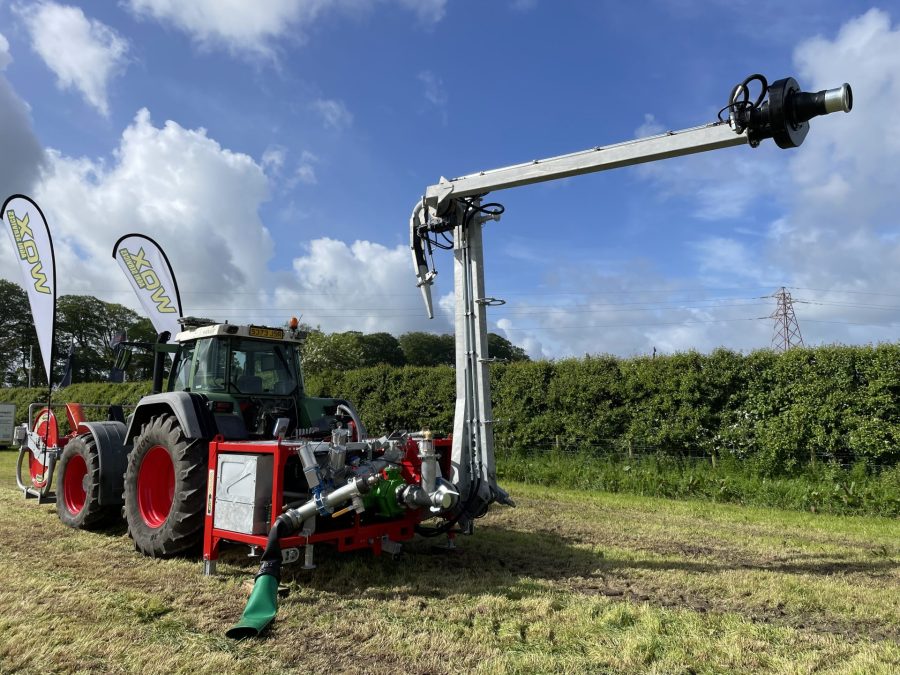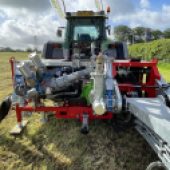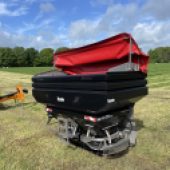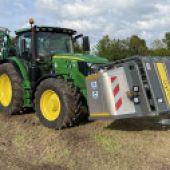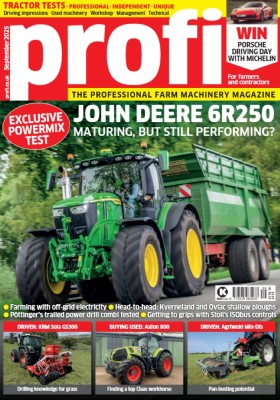Wox has reworked the Walrus slurry set-up so customers can more easily choose between three makes of pump (Bauer, Cornell and Doda) while also making the unit closer coupled to the tractor. The Walrus on show was fitted with a Bauer pump as is destined for New Zealand.
As well as being capable of supplying an umbilical system, the pump can be used to mix slurry. The arm has a reach of up to 9.0m from the rear of the frame and this can be extended by fitting an additional pipe to the end of the boom. A big plus of the system is that there are no priming or cavitation issues.
The tractor’s hydraulics are only used for positioning the boom and the jetter, all of the other functions are carried out with the units own hydraulic setup so the tractor’s hydraulics are never at risk if there is a leak and slurry gets into the system. Pto requirement is 1,000rpm.
The gate valves are all operated pneumatically, which Mr Wox points is much safer than oil, in fact he stresses improving machine safety has been a priority on the machine which costs in the region of £60-70,000 depending on spec.
Teagle DCM
Teagle has now partnered with Italian fertiliser spreader maker DCM. The family owned business is based nearby Berti, the flail manufacturer, Teagle has had a long association with. Paul Curnow, UK and Ireland sales manager for Teagle points out that DCM has a larger product range from simple hydraulic operated machines up to the M42 that was on show with variable rate, 16 section control and a hopper capacity of 4,200-litres.
As part of its market research, Teagle used SCS to test the machines and the spreader testing business will also be setting off each machine sold by Teagle.
Vogelsang SyreN
Vogelsang is now selling the SyreN system from Denmark which uses sulphuric acid to help bring down the PH in slurry to 6.4 which helps turn ammonia in ammonium making the nitrogen more readily available. The on-board system analyses the slurry as it is being applied by the dribble bar and adjusts the amount of sulphuric acid being pumped into the mixing chamber. This is generally at a rate of 2-3l/m3, meaning the 1,000-litre IBC in the front unit will treat 500m3 of slurry. As well as improving the amount of N it also adds around 25kg/ha of sulphur when applying 30m3. The unit costs in the region of £65,000.

